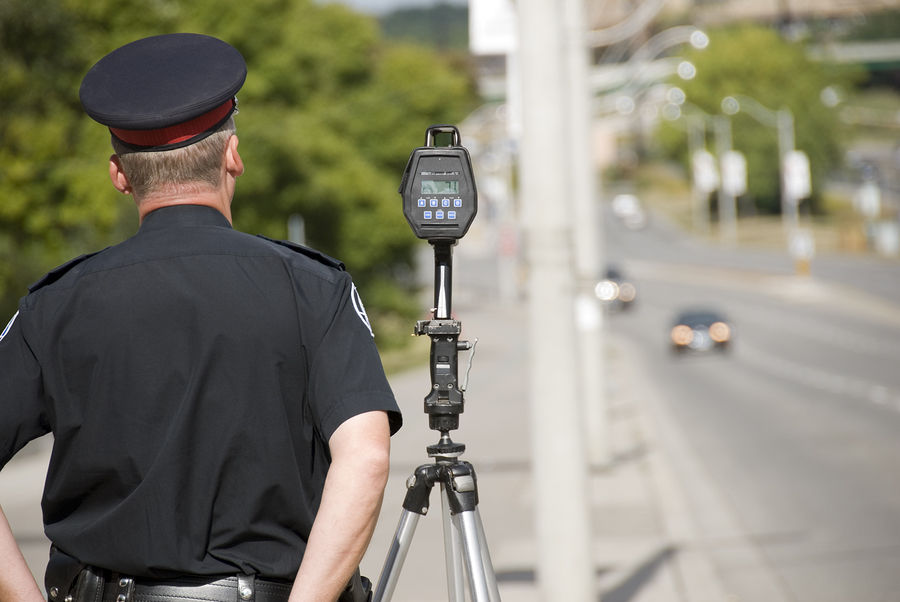Recent Articles
Popular Makes
Body Types
How Do Laser Jammers Work?

Laser jammers are used to disrupt the LIDAR guns that some police departments use to detect the speed of your car in speed traps. In order to understand how a jammer works, you first need to know how LIDAR works.
Unlike radar, which can pretty much be left on all the time, LIDAR requires the officer to aim the device at your car (often on the front plate or headlights for best results), allowing them to determine the speed of a specific vehicle. When the trigger is pressed a short pulse (usually less than a thousandth of a second long) of laser light (often, but not always at 904 nanometers) is sent from the gun to your car. When the laser reaches your car, some of it is reflected back to the LIDAR gun, which receives the signal. The LIDAR unit has extremely accurate clocks in it that measure the amount of time between the laser leaving the gun and it returning. Since the gun knows that laser is travelling at the speed of light, it is possible to calculate the distance from the LIDAR unit to the car. A second pulse is then transmitted, and the process is repeated. By comparing the distance travelled and the time between pulses it is possible to calculate the vehicle’s speed. Usually the gun will send many pulses (often in the hundreds) in order to get a more accurate calculation of the car’s speed.
There are two basic ways to try and jam the laser signal emitted from a LIDAR gun. The first is to simply outfit the vehicle with 904 nanometer LEDs or laser diodes, and flash them approximately 1000 times per second. While this may be enough to confuse some LIDAR units, many will simply detect the stray laser as noise and account for it. If it does manage to jam the LIDAR, the officer will most likely be aware of the jamming.
More advanced laser jammers use laser receivers, a fairly fast computer, and a group of LEDs or laser diodes. These units are usually only activated when their sensors detect a LIDAR signal. They then activate for the duration of the signal, sometimes mimicking the pulse length of the received signal in order to further confuse the LIDAR unit. As soon as the signal stops, so does the jamming. Ideally with these units the officer will have no idea that jamming is taking place, and will only receive an erroneous speed readout. Many of these units are either sold as or able to be used as parking sensors.
If you do decide to install a radar jammer on your car, be aware that their legality varies from state to state.